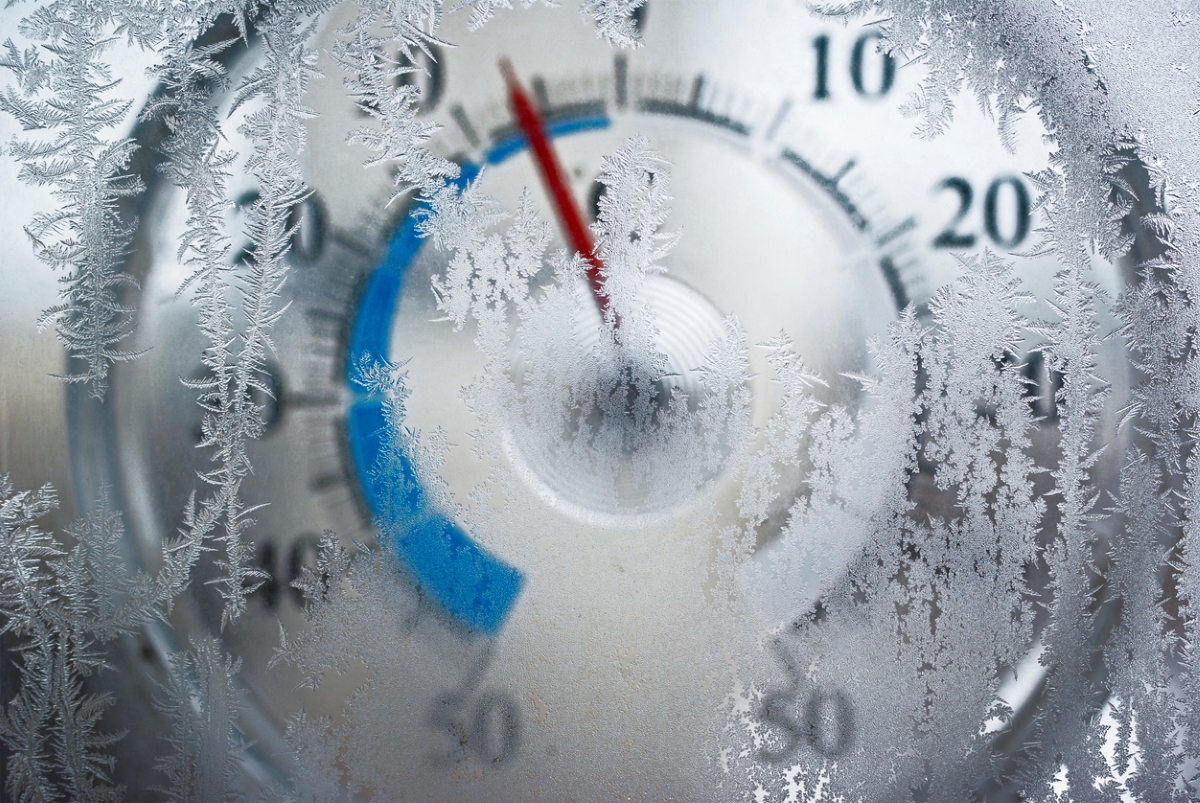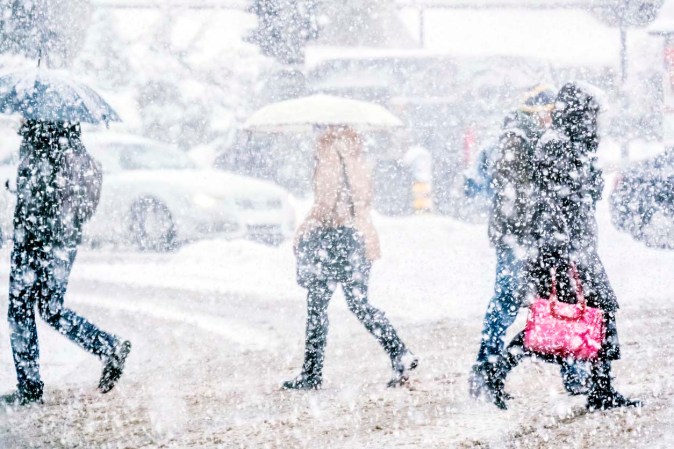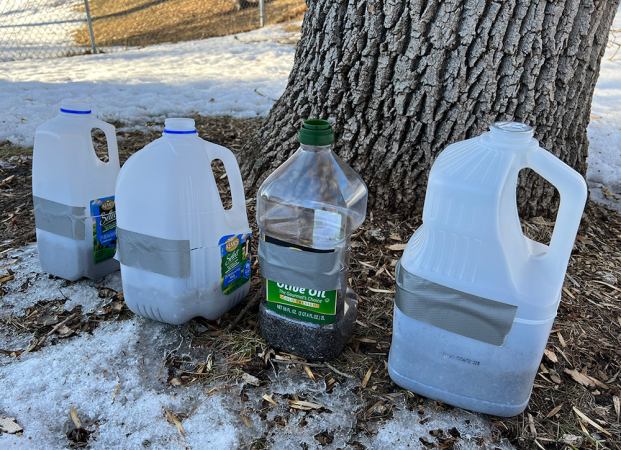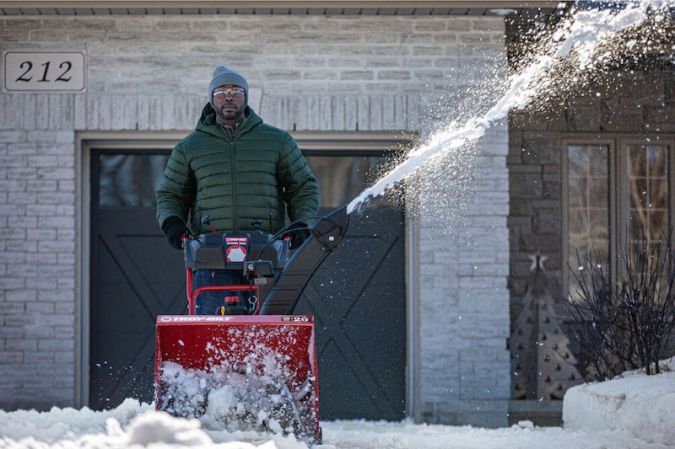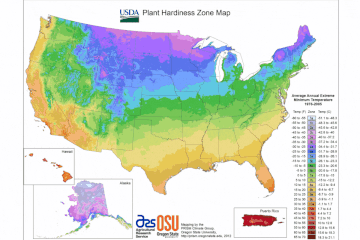We may earn revenue from the products available on this page and participate in affiliate programs. Learn More ›
Every year, the Farmers’ Almanac releases its winter forecast for the country. They offer both a general forecast for the country as a whole, along with more specific regional forecasts for various parts of the United States. While each year can vary, the Farmers’ Almanac’s forecast is correct about 80 percent of the time—not too bad when you consider they release the forecast in August, well before the start of winter. So, how did this year’s predictions compare to the actual weather? Let’s take a look at a few pieces of the forecast that were spot-on, along with a few that didn’t quite play out as predicted.
RELATED: 12 Ways to Predict the Weather by Watching Nature in Your Backyard
Correct: Buffalo, New York
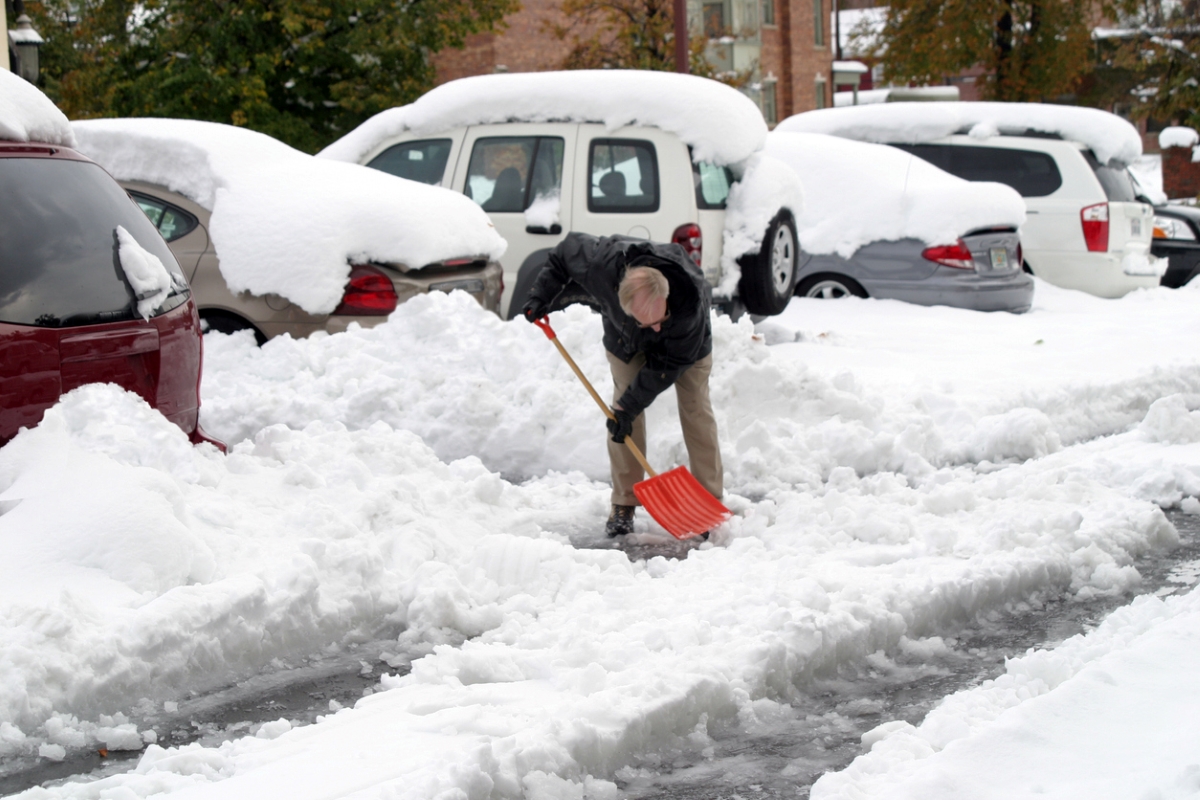
Even if you don’t live near Buffalo, N.Y., you probably heard about how much snow hit the area in November. In fact, 36.9 inches fell during the lake effect snow storm, making the month the second-snowiest November in Buffalo’s history. You may recall that the NFL even moved the Buffalo Bill’s home game to Detroit because of how much snow had fallen. The snowy trend continued in December, with a total of 64.7 inches of snow falling—the third-snowiest December on record. Residents of the city have certainly faced their fair share of winter power outages and property damage from winter storms this year.
So, what did the Farmers’ Almanac predict for the area? Their forecast called for above-average snowfall for the Lower Lakes region, which is where Buffalo is. So, for this one, we’ll give them a passing score.
RELATED: 23 Brilliant Hacks to Help You Weather Winter
Correct: New Orleans, Louisiana
New Orleans, La., is part of Region 8 (the Deep South) in the Farmers’ Almanac forecast. For the 2022-2023 winter, the Almanac predicted a colder than normal winter, particularly in early December, early January, and late January. Overall, it looks like this part of the forecast was pretty accurate. The average high temperature in New Orleans is 72 degrees in November and 66 degrees in December. This year, the average high was only 67 degrees in November and 62 degrees in December—four or more degrees below the averages, just as the Farmers’ Almanac predicted. Their predictions weren’t quite as accurate for January, however. The average high temperature in January is 62 degrees, and this January saw an average temperature of 64 degrees, 2 degrees above average.
RELATED: These Are the Places with the Best Weather in America
Correct: Green Bay, Wisconsin
Green Bay, Wisc., is part of Region 9, the Upper Midwest, in the Farmers’ Almanac. For this winter, the Almanac predicted below-average temperatures with below-average snowfall for the east part of the region, where Green Bay is located. This forecast was mostly accurate: Temperatures were lower than average in November and December (1 degree below average in November and 5 degrees below average in December). Green Bay’s snow total has also been lower than average. As of February 19, 2023, Green Bay has only seen about 11.9 inches for the calendar year. That is well below the city’s combined average for January and February of 26.6 inches.
Incorrect: San Diego, California

San Diego, Calif., is in Region 16, the Pacific Southwest, according to the Farmers’ Almanac. This winter was predicted to be warmer than average. The forecast also predicted wetter conditions than average. It looks like the Almanac got this one at least partially wrong. The average temperatures for the city were below normal for November, December, and January. The temperature last November was just 65 degrees, compared to the average of 71. December and January both average out to 61 degrees, 5 degrees under the usual 66 degrees. However, the Farmers’ Almanac did correctly predict that this will be a wetter winter. A single mid-January rainstorm dumped 2.78 inches of rain at the San Diego Airport, exceeding the monthly average of 2.28 inches.
RELATED: The Strangest Weather Events in US History
Incorrect: Anchorage, Alaska
According to the Farmers’ Almanac, Alaska should have seen milder than normal temperatures this year. However, that was not the case in Anchorage. January’s average temperature was two degrees higher than usual (25 degrees compared to 23 degrees); however, November and December’s temperatures were below the monthly averages for those months. The average temperature in November in Anchorage is 29 degrees. This year, it was 4 degrees colder, with an average temperature for the month of 25 degrees. December has an average temperature of 25 degrees. However, December 2022 was much colder, averaging just 16 degrees.
RELATED: These 30 Places Have the Worst Weather in America
Incorrect: Honolulu, Hawaii
The Farmers’ Almanac’s outlook for Hawaii wasn’t too far off for this winter, but it also didn’t hit the nail on the head. The Almanac forecasted warmer than normal winter temperatures in Hawaii. However, in reality, the monthly temperatures in Oahu were a little below average. The average temperature for November is 84 degrees, but November 2022’s average was just 79 degrees. December 2022’s average temperature was 78, 4 degrees below the normal 82 degrees for the month. January continued to follow the trend, with the average temperature for the month being 2 degrees below normal (79 degrees compared to 81 degrees).

